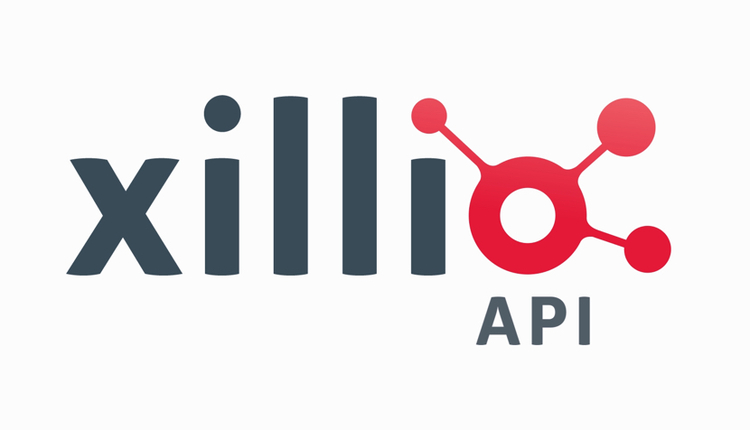
The first half of 2020 has been a wake-up call for many companies, requiring them to adapt to new business conditions at a moment’s notice. While the outdated, manual way of processing documents has always been inefficient and often inaccurate, slowing down key business processes — such as claims processing or mortgage and loan applications — it is fast becoming obsolete in light of the pandemic. With a large portion of employees working remotely and customer needs shifting, traditional document processing operations are no longer a viable option.
What’s more, companies relying on legacy technology increasingly find themselves at a dead end, having to continually invest significant time and money to maintain their systems and develop new functionality. In the current business climate, it has become clear that organizations need to eliminate manual burden and harness the power of advanced automation — once and for all — to effectively meet whatever future challenges and opportunities come their way.
Going Beyond Legacy Approaches
With the ability to automate highly repetitive tasks and enforce process, Robotic Process Automation (RPA) has gained popularity in recent years. And while RPA can automate existing, well-defined tasks and processes (e.g., automatically dragging and dropping files from one folder into another), it is limited in scalability because it lacks the intelligence and flexibility needed to handle increasingly complex data inputs and business processes.
For example, RPA cannot reliably process unstructured data inputs, which comprise the great majority of an enterprise’s data and information stack. More than 80% of data will be unstructured by 2025, spread across various formats including PDFs, images and archival documents, which need to be extracted and classified to support downstream decision-making.
For these reasons, RPA is often a partial enterprise solution that needs to be supplemented with intelligent technology.
Building a Future-Proof Tech Stack
In today’s environment, organizations are accelerating their digital transformation agendas. According to PwC's COVID-19 Pulse Survey, “20% of finance leaders say tech investments will facilitate efforts to reduce costs” and 56% of CFOS say “technology investments will make their company better in the long run.”
As the drive towards digitization increases, it’s important to take a step back, examine your larger technology strategy, and consider whether it makes sense to hold on to legacy systems in the first place. These systems were often implemented when an organization’s business needs — and the technology options that were available — looked very different. Many companies realize that their technology tools, which are often cobbled together in a patchwork fashion, are not meeting changing business, customer or regulatory needs. Instead of trying to fix or extend decisions made in the past, or undertake a costly transformation project, organizations would benefit from reassessing their current state and prioritizing flexible solutions that will adapt and grow with them.
Following are three strategies to help accomplish that:
1. Review processes and follow the data. Engage employees who are familiar with workflows to identify areas that can be optimized or re-engineered. Then, follow the data along its journey throughout your organization. Most business processes today start with the data, which is entered and processed through a system and ends with an informed business decision. Data is a critical component of business intelligence and action, so consider how it enters into the organization, where it goes, which systems rely on it, and, ultimately, how it impacts customers and drives revenue opportunities.
2. Prioritize continuous learning. With ongoing advances in machine learning — a form of artificial intelligence (AI) — an organization’s document management processing operations can continue to learn and improve based on the data it receives, resulting in fewer errors and higher automation. According to Gartner, 75% of companies will operationalize AI solutions by 2024, and during the pandemic, “machine learning (ML), optimization and natural language processing (NLP) proved their worth” as organizations have had to adapt to the changing landscape.
3. Plan for human and machine collaboration. Most of the things you can do at a keyboard or behind a monitor today can be automated partially, but not completely. For the foreseeable future, people will continue to be involved in an end-to-end business workflow, but with the advent of more intelligent, capable technology, their role will evolve to be a more supervisory one. Emerging technologies are building a new, software-defined digital assembly line where work is divided between people and machines based on the needs of the task and strengths of each. For example, when deciding whether or not to insure someone, a software-defined solution would receive, read and extract the required data from documents and pull in the necessary information and resources it needs, including employees, to support decision-making.
We are at a defining moment right now when legacy systems have been stretched to their limit, and the evolving global landscape is driving unprecedented digital transformation. By carefully assessing current processes, data flows and priorities, companies can harness automation to attain greater control and agility over their processes and gain a competitive advantage — for today and tomorrow.



















